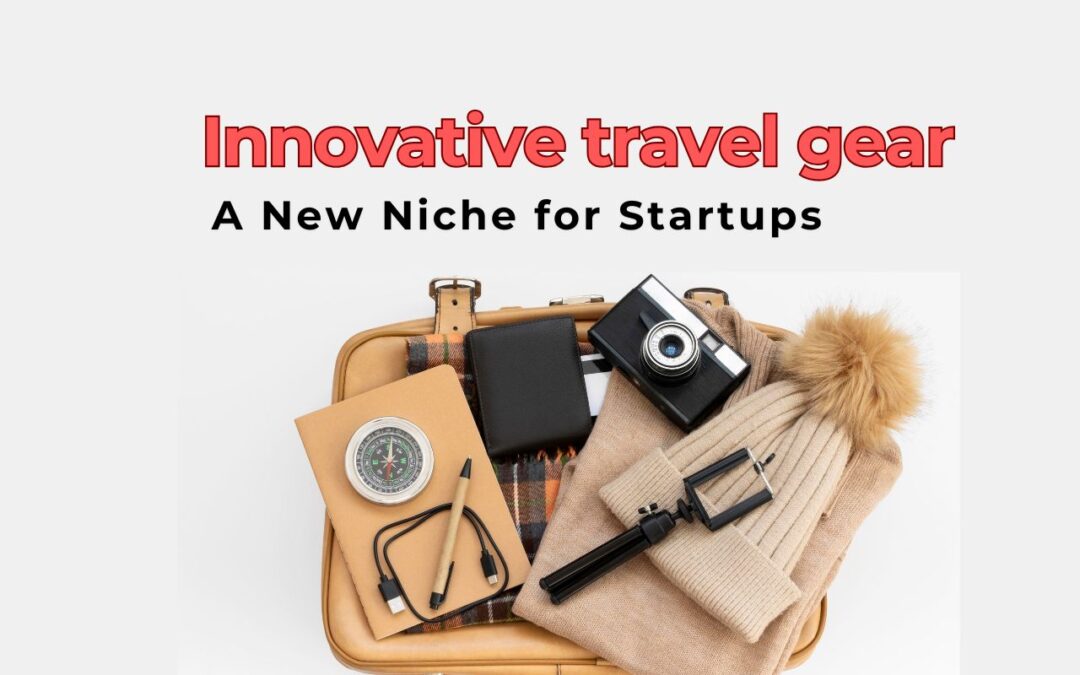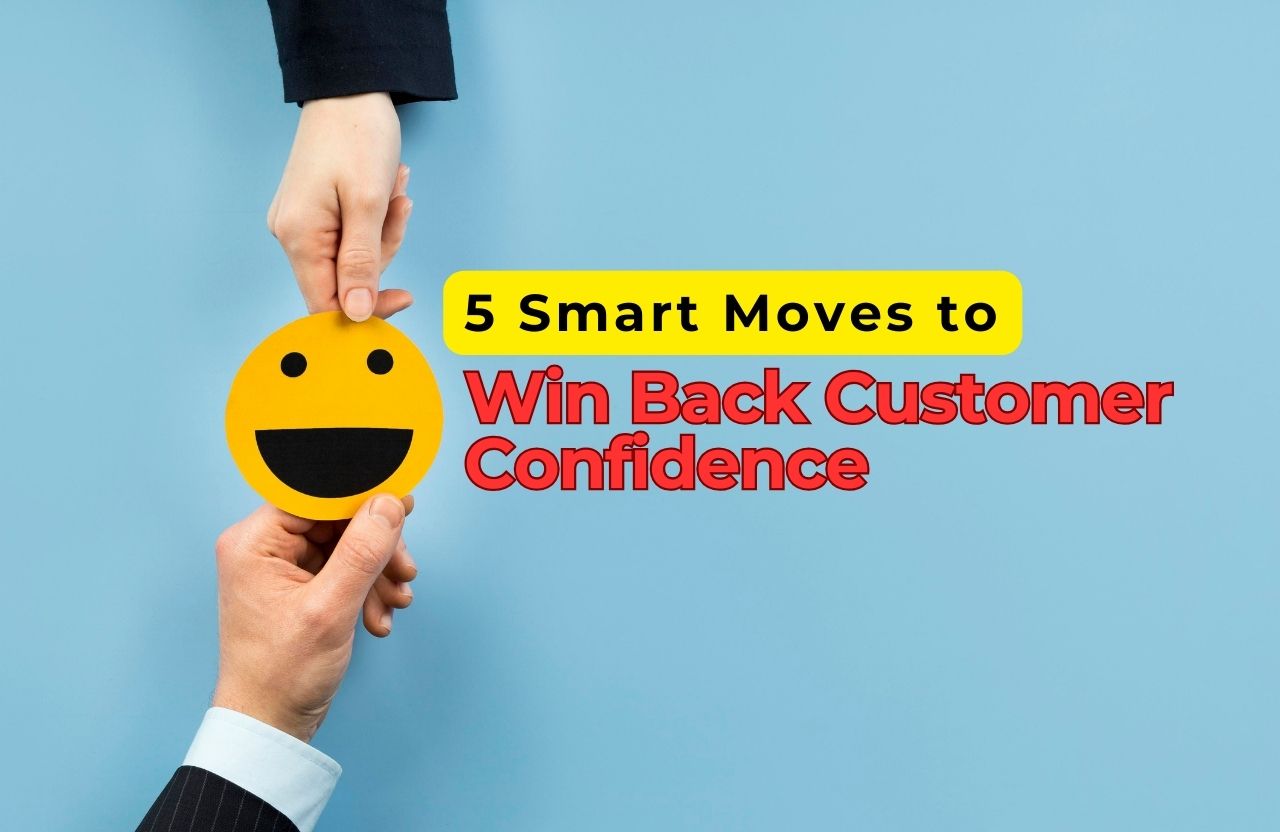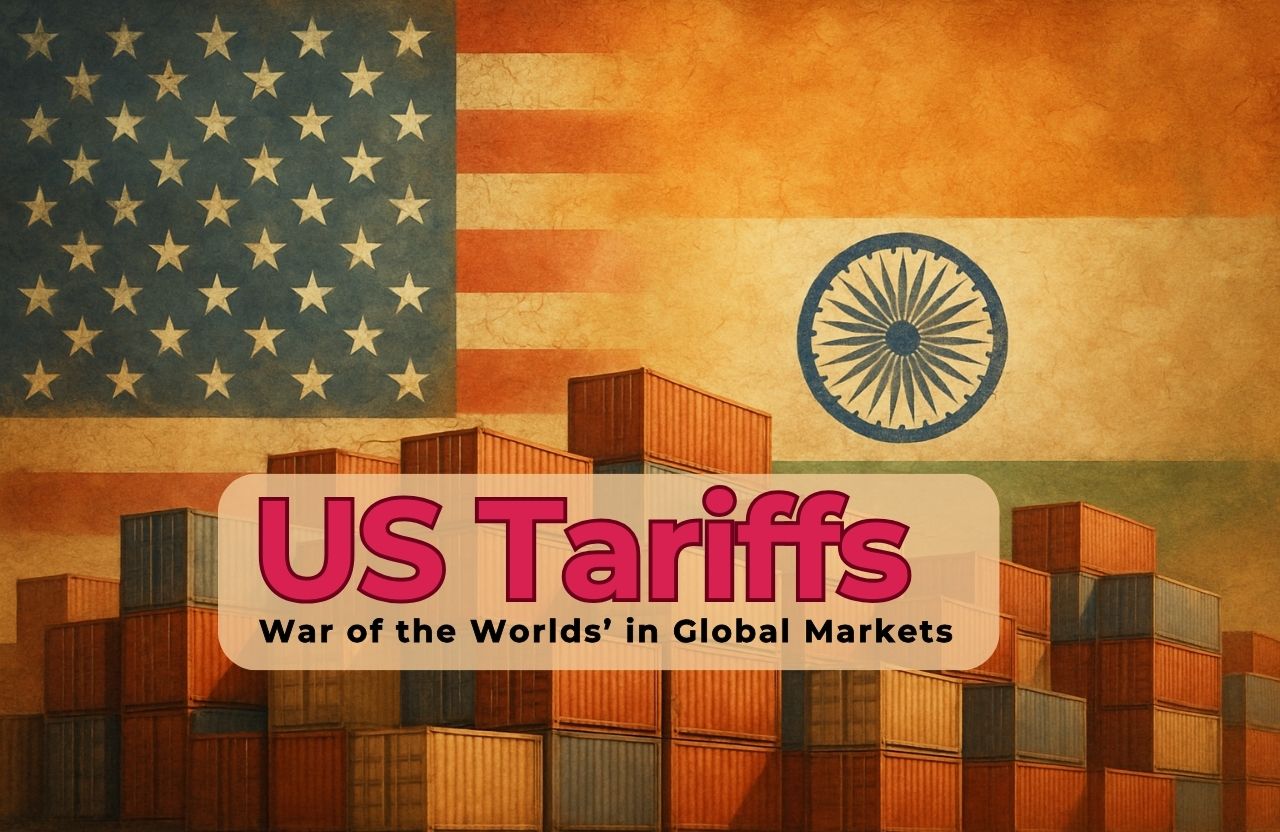In a world that’s increasingly mobile, the travel industry has evolved far beyond traditional hospitality and tourism services. The demand for convenience, personalization, and functionality has created an entirely new frontier: innovative travel gear. For startups, this niche represents not just a product category but a lifestyle-driven opportunity to solve problems, meet travelers’ needs, and capture attention in a competitive market.
As modern consumers prioritize experiences over possessions, the travel lifestyle has influenced the kind of products people seek. Luggage is no longer just about carrying clothes — it’s about security, mobility, sustainability, and even smart technology. From ultra-light materials to foldable essentials and modular packing systems, travel gear is transforming. And startups are at the forefront of this revolution.
Why the Travel Gear Market Is Ripe for Innovation
Global travel is surging post-pandemic. According to recent reports, international tourism arrivals rose by over 30% in the last year alone, showing a strong recovery and an ongoing hunger for adventure. With more people traveling for work, leisure, digital nomadism, or family, gear that enhances the travel experience is increasingly in demand.
Startups that understand today’s travelers — tech-savvy, minimalist, conscious consumers — have a real opportunity to bring value by reimagining everyday travel essentials. Where legacy brands have grown rigid or predictable, startups can move quickly, iterate often, and design with modern problems in mind.
The Psychology Behind Travel Gear Purchases
People don’t just buy gear to carry things. They buy it to feel more in control, to reduce stress, to organize their chaotic routines, and to enjoy travel more freely. Good travel gear offers psychological comfort: the confidence of knowing your belongings are safe, your gadgets are charged, or your bag will fit under the seat.
Innovative gear touches on key emotional drivers:
- Efficiency: Packing quicker, moving smoother.
- Freedom: More portability means fewer limitations.
- Identity: Travel gear is now a form of self-expression.
- Comfort: Better ergonomics reduce physical strain.
- Trust: Durable and reliable items build consumer loyalty.
For startups, tapping into these emotional benefits can differentiate products and create stronger brand narratives.
Key Trends Shaping the Future of Travel Gear
- Minimalism and Compact Design
Consumers are moving away from bulky, cumbersome travel solutions. They want foldable, space-saving gear that performs multiple functions. From collapsible items to lightweight materials, the focus is on doing more with less. - Sustainability as a Value Proposition
As travelers become more environmentally conscious, eco-friendly travel gear is gaining traction. Recycled materials, biodegradable items, and gear designed for long-term use are all part of this movement. Startups that emphasize sustainability in design and sourcing can capture loyal audiences. - Tech Integration Without the Gimmick
From built-in USB ports to anti-theft mechanisms, smart gear isn’t just trendy—it’s becoming expected. But there’s a fine line between useful tech and overcomplicated gadgets. Startups should prioritize real traveler needs, like efficient organization, weather resistance, and seamless connectivity. - Health and Safety-Oriented Products
Especially post-pandemic, travelers value hygiene, personal space, and health-related gear. Compact sanitizing kits, air-purifying accessories, and comfortable personal travel items are in higher demand than ever. - Modular and Customizable Designs
Travelers today are not one-size-fits-all. A digital nomad, for instance, will need different gear than a family going on vacation. Customization — whether through detachable compartments, swappable features, or adaptive designs — allows startups to appeal to diverse user profiles.
Best Time to Visit the Florida Keys: A Seasonal Guide
Opportunities for Startups in the Travel Gear Niche
1. Solving Niche Problems
One of the biggest advantages startups have is their ability to zoom in on a specific problem. For example, finding ways to reduce neck strain during long flights, or creating ultra-quiet gear for hostels or shared accommodations. Every small inconvenience a traveler faces is a potential business opportunity.
2. Direct-to-Consumer (DTC) Strategies
Many traditional travel gear providers rely on large retail networks. Startups, by contrast, can leverage direct-to-consumer strategies online, building communities, collecting feedback, and continuously iterating on products.
3. Storytelling and Content Creation
Today’s travelers love gear with a story. Whether it’s handmade by local artisans, inspired by real travel experiences, or designed to solve specific traveler pain points, compelling stories can drive sales and build emotional loyalty.
4. Collaborations with Travel Influencers
By collaborating with travel content creators, startups can get immediate access to audiences who trust recommendations. These partnerships can serve as low-cost, high-impact marketing.
5. Subscription or Rental Models
For travelers who don’t want to own everything, the rental or subscription economy is gaining interest. Gear that is expensive or bulky — like hiking kits or specialized tech — could be offered as short-term rentals. This appeals to eco-conscious users and those who travel occasionally.
Challenges Startups Must Overcome
No niche comes without hurdles, and travel gear is no exception.
- Manufacturing Quality vs. Budget Constraints: Consumers expect gear to be both affordable and durable, a hard balance to strike when you’re a new brand.
- Competing with Established Giants: Trust is critical in travel gear — no one wants their bag to fall apart mid-trip. Startups must demonstrate reliability early on.
- Supply Chain and Global Logistics: Travel gear often involves materials from multiple regions. Handling this efficiently without creating delays or quality issues can be a challenge.
- Rapidly Changing Trends: Travel habits shift with global events. Startups must stay nimble and responsive, adapting gear to suit new needs (e.g., remote work, backpacking resurgence, space tourism in the long term).
Real-World Market Indicators
The global travel accessories market is projected to surpass hundreds of billions in revenue in the next few years, with annual growth rates exceeding 6%. This growth is driven by rising tourism, urbanization, disposable income, and a growing emphasis on convenience.
Moreover, younger consumers — especially Millennials and Gen Z — are traveling more frequently, often with a preference for minimalist, smart, and socially-conscious products. These demographics are also more likely to try new brands, especially those with compelling online presence and unique propositions.
How to Launch a Travel Gear Startup
1. Start with a Personal Pain Point
The best products often emerge from the founder’s own frustrations. What annoyed you during your last trip? What gear did you wish existed?
2. Validate the Market
Use social platforms, surveys, and early prototypes to test interest. See what people are currently using and where those products fall short.
3. Design for Simplicity and Functionality
Innovative doesn’t mean complex. The best travel gear simplifies life, not complicates it. Design should solve problems without creating new ones.
4. Choose a Scalable Manufacturing Partner
Even at small volumes, ensure your production can scale without quality loss. Delays and defects can be fatal to early-stage companies.
5. Build a Brand, Not Just a Product
A single gear item may not be enough to sustain a business, but a brand with a mission, lifestyle focus, and strong identity will attract repeat buyers and loyal fans.
The Future of Travel Gear Innovation
Looking ahead, the evolution of travel gear will likely intersect more with lifestyle tech, sustainable living, and personalization. We can expect a rise in:
- Climate-adaptive materials
- Cross-functional gear (office + travel + outdoor)
- Seamless integration with mobile ecosystems
- Compact emergency equipment
- Self-cleaning or self-repairing fabrics
Startups that are able to foresee and adapt to these emerging needs will carve their own space in a competitive yet growing industry.
Final Thoughts
The world is not just traveling more — it’s traveling smarter. And that opens a golden opportunity for agile, inventive, and thoughtful startups to step in. Whether it’s a collapsible backpack, weather-resistant clothing, or multi-functional travel kits, the demand for gear that matches the modern lifestyle is soaring.
The key to success in the innovative travel gear niche lies in solving real-world problems, staying aligned with shifting consumer values, and building products that serve not just the destination but the journey itself. For startups, this isn’t just a business opportunity. It’s a chance to redefine the future of travel.
FAQs
Q1: Is the travel gear market too saturated for new startups?
While there are many players, niches within the market — such as sustainable gear, digital nomad essentials, or compact wellness products — are still underexplored and offer strong potential for startups.
Q2: How much investment is required to start a travel gear business?
It depends on the product complexity. Some founders bootstrap with small-batch prototypes and crowdfunding, while others seek investors for tech-heavy gear.
Q3: What are some common mistakes travel gear startups make?
Overcomplicating designs, ignoring real traveler feedback, and poor-quality manufacturing are common pitfalls that can ruin brand reputation early.
Q4: Can a travel gear startup succeed without a tech component?
Absolutely. While tech-enhanced gear is popular, well-designed, ergonomic, and high-quality non-tech gear still holds strong appeal, especially when marketed effectively.
Q5: What kind of traveler is the best target audience for a new brand?
Frequent flyers, digital nomads, adventure travelers, and eco-conscious backpackers are among the most gear-conscious and loyal customer segments.













